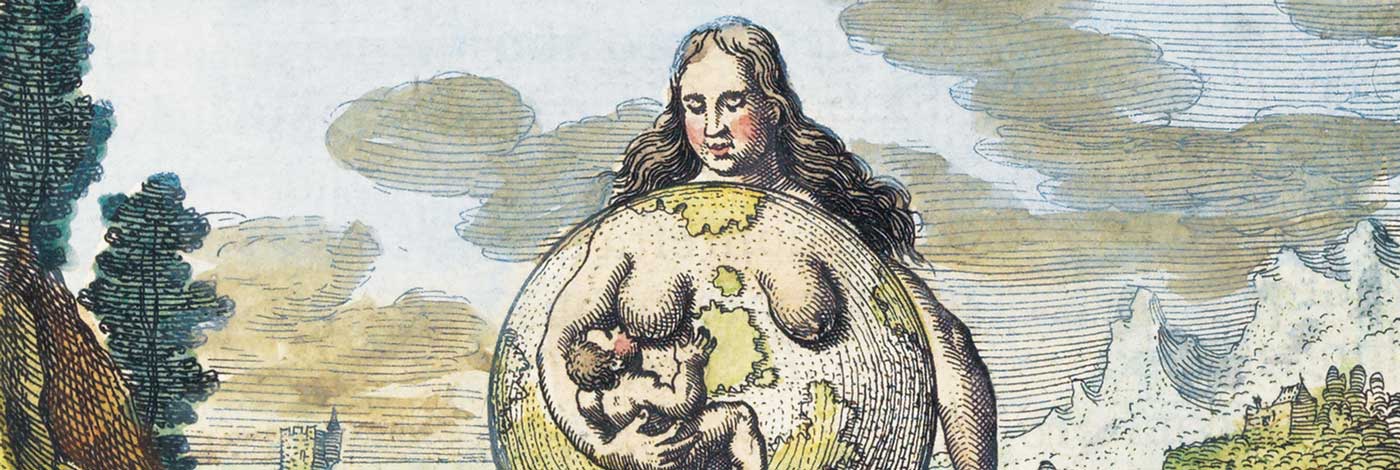
 Anthropozoologica
29 - Pages 13-32
Anthropozoologica
29 - Pages 13-32Brugal and Jaubert (1991) hypothesized that Palaeolithic hominids conducted active and controlled scavenging at three kinds of sites : hyena dens, natural traps and humid open-air sites. However, almost no taphonomic studies necessary to test this hypothesis have been conducted. The cave of Coudoulous II (Lot) allows us to study a palaeontological site with evidence of periodic human visits. Taphonomic study of Couloudous II indicates that the site was a natural trap, not a hyena den. Differences between Couloudous II and other natural traps are evident in frequencies of carnivore traces and especially in the post-depositional processes that acted upon the bone assemblages. The sample studied here does not allow for a conclusion that hominids had signifiant involvement with the skeletons. We demonstrate that an association between fauna ant lithics is not sufficient to establish human involvement. Rather, only detailed taphonomic studies permit understanding of site formation processes.
Taphonomy, Middle Paleolithic,Natural trap, Den,Subsistence, Scavenging.